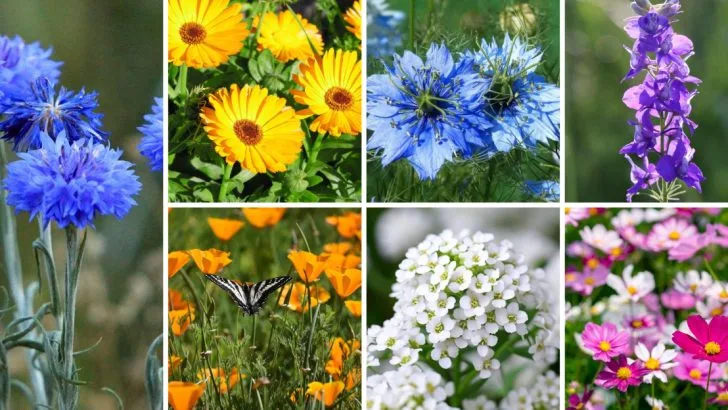If you’ve ever planted annuals and wished they’d just stick around without the extra work each year, you’re not alone. Some flowers are generous enough to reseed themselves with hardly any effort on your part—popping up again each season like they never left. These overachievers bring that reliable, come-back-every-year energy without actually being perennials.
This list is all about those self-sufficient annuals that quietly do their thing in the background, filling your garden with color season after season. No fuss, no babying—just a bit of patience and a willingness to let nature do some of the heavy lifting.
Calendula
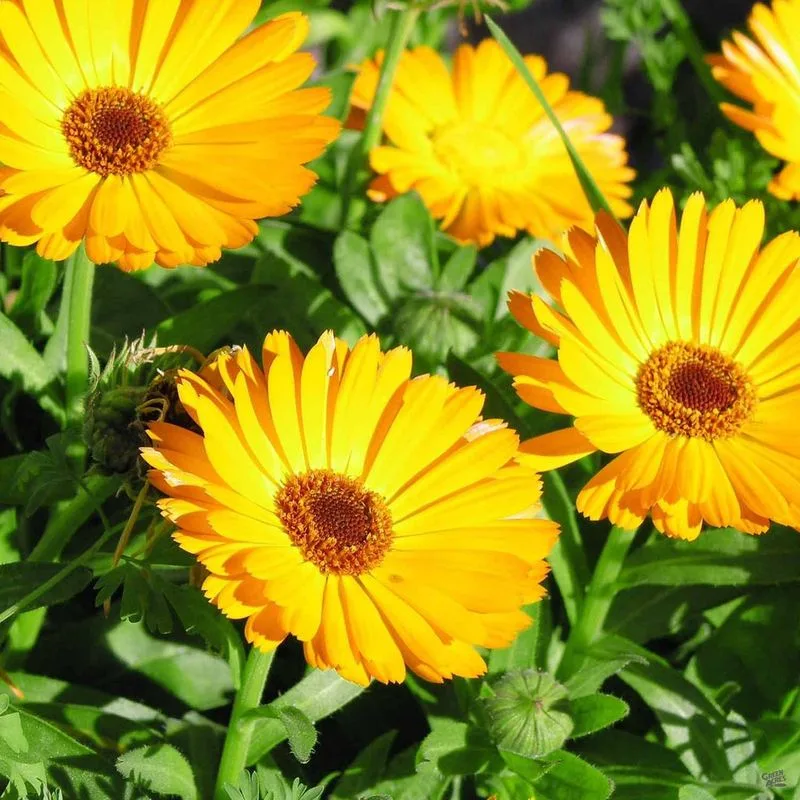
Calendula, known for its dazzling orange and yellow blooms, is a garden staple. These cheerful flowers have a knack for self-seeding, popping up year after year in the most unexpected spots. Their petals are not just pretty; they’re edible and often used in salads and teas.
Growing calendula is a breeze. Simply let the flowers go to seed, and soon enough, you’ll find them sprouting all over your garden. They thrive in sunny locations and attract a multitude of beneficial insects, making them as practical as they are pretty.
Fun fact: Calendula’s petals have been used in traditional medicine for centuries, believed to have anti-inflammatory properties.
Nigella
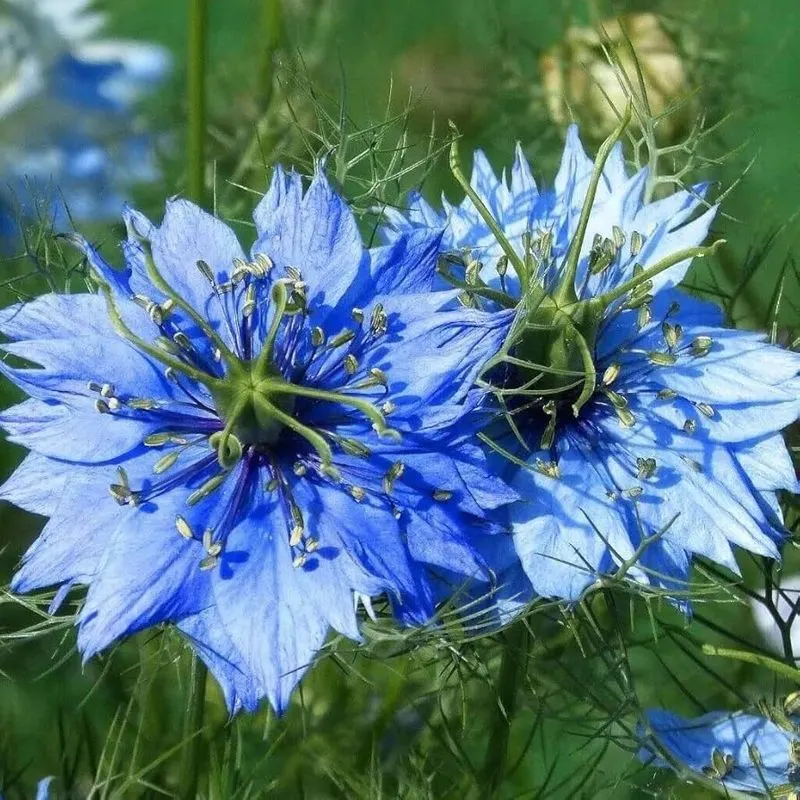
Nigella, often called “Love-in-a-Mist,” enchants gardeners with its wispy foliage and striking blue flowers. These ethereal blooms seem to float amidst the greenery, creating a misty, dreamlike ambiance. Nigella is not only beautiful but also a prolific self-seeder.
Allow the seed heads to mature and scatter, and you’ll be rewarded with a fresh flush of flowers each year. They prefer sunny spots and well-drained soil. Nigella’s allure is not just visual; its seeds are used as a spice in many culinary traditions.
Did you know? Nigella has been cultivated since ancient times for its aromatic seeds.
Larkspur
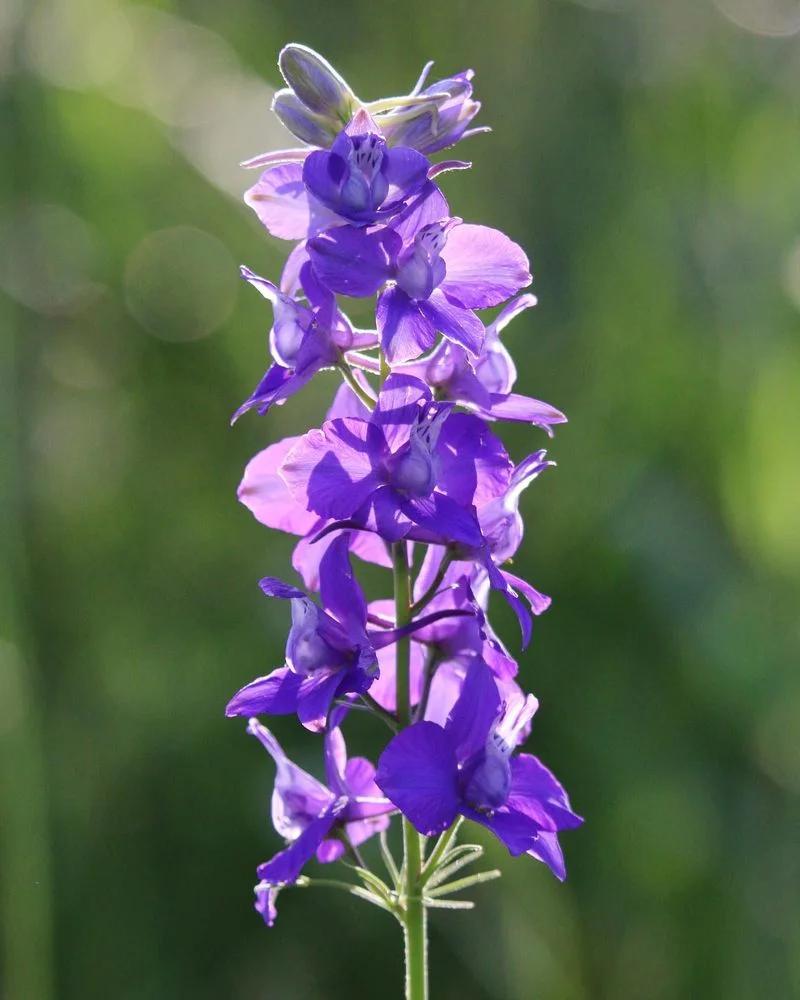
Larkspur brings a touch of elegance to any garden with its towering spires of blue and purple flowers. These stately blooms are adored by pollinators and have a classic, old-world charm. Larkspur’s ability to self-seed ensures its continued presence in your garden.
Once the seeds mature, let them scatter naturally, and watch as new plants emerge the following spring. These flowers enjoy a sunny position and well-drained soil. Their vertical growth habit makes them perfect for adding height to borders.
Interesting tidbit: Larkspur has been associated with Victorian-era floral language, symbolizing lightness and levity.
Poppy
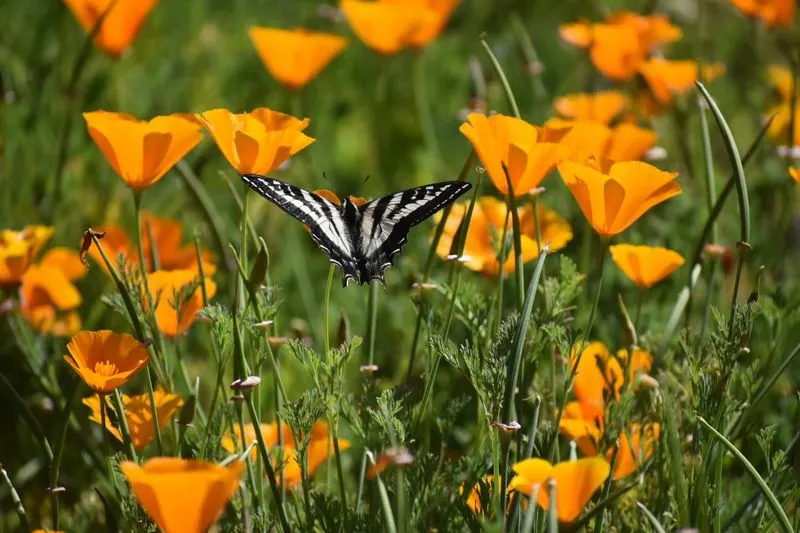
Poppies are the epitome of beauty and resilience, with their striking red blooms and delicate, papery petals. These iconic flowers self-seed effortlessly, carpeting gardens with their vibrant displays year after year. Poppies thrive in full sun and well-drained soil.
To encourage their self-seeding habit, allow the seed pods to dry on the plant and scatter naturally. Poppies are not only visually stunning but also attract a variety of pollinators, enhancing the biodiversity of your garden.
Did you know? The poppy is a symbol of remembrance, often associated with World War I commemorations.
Alyssum
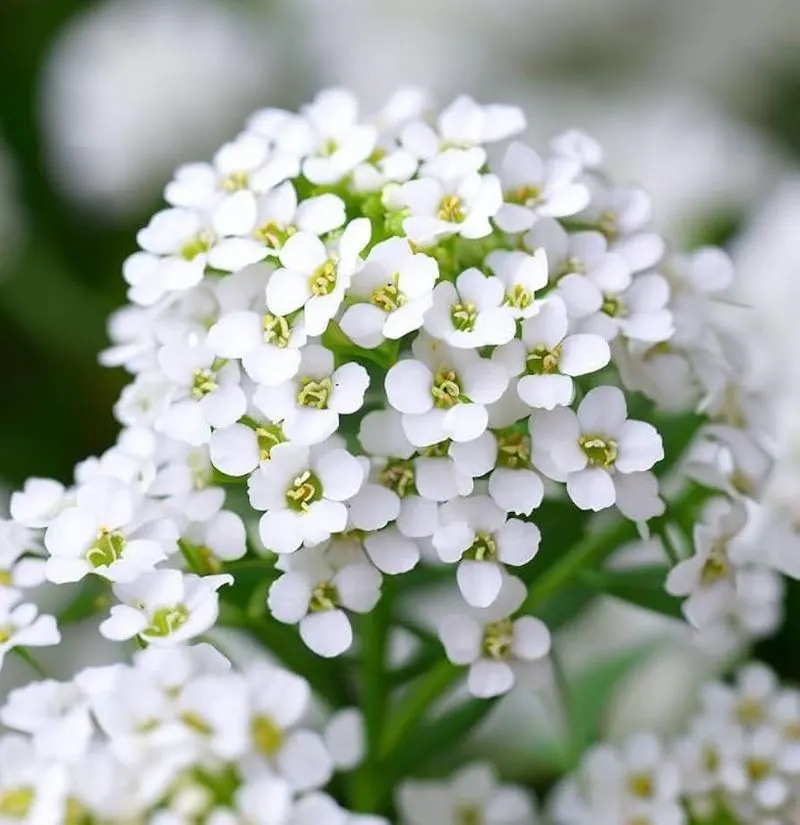
Alyssum offers an abundance of tiny, fragrant flowers that create a soft, carpet-like effect in gardens. This low-growing annual is beloved for its sweet scent and ability to self-seed, ensuring its perennial-like presence.
Allow the flowers to go to seed, and you’ll find alyssum gracing your garden year after year. It thrives in sunny locations and can tolerate a range of soil types. This versatile flower is perfect for borders, rock gardens, and containers.
Fun fact: Alyssum’s fragrance is most pronounced in cool weather, making it a delightful addition to spring and fall gardens.
Cosmos
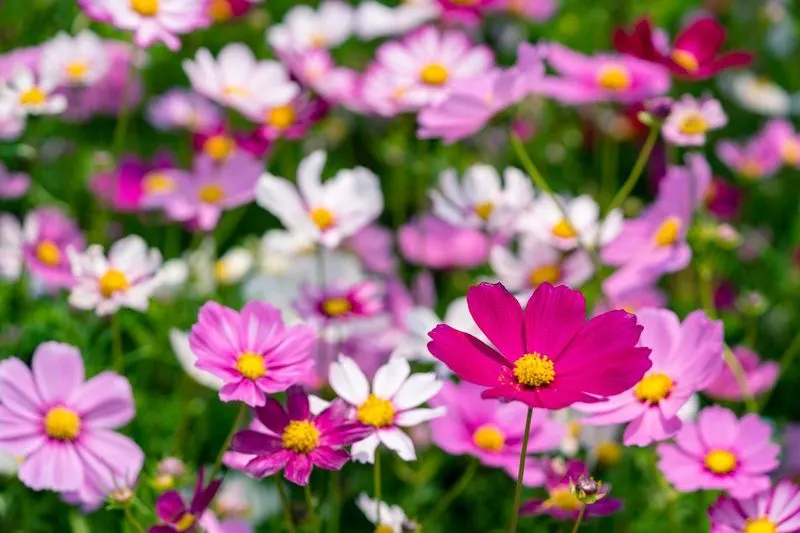
Cosmos, with its airy foliage and delicate daisy-like flowers, adds a touch of grace to any garden. Known for their ability to self-seed with ease, these flowers often surprise gardeners with their spontaneous growth in new locations.
To encourage self-seeding, let the flowers form seed heads and scatter naturally. Cosmos prefers full sun and well-drained soil, thriving even in poor soil conditions. Their long blooming period and charming appearance make them a favorite among gardeners.
Did you know? Cosmos was named for the Greek word meaning “harmony,” reflecting its balanced and symmetrical form.
Sunflower
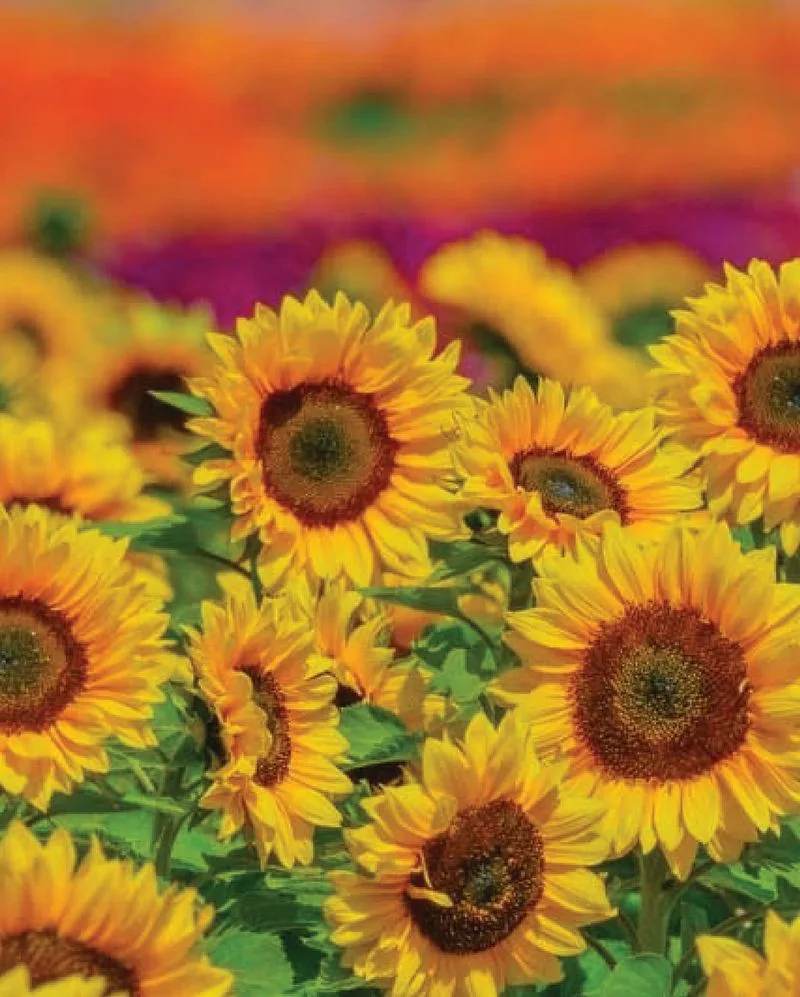
Sunflowers are not just adored for their striking appearance; they are champions of self-seeding. With their towering height and bold, sunny faces, sunflowers create a stunning visual impact in any garden.
Allow the seed heads to mature and drop seeds naturally, and you’ll find new sunflowers sprouting up the following year. They thrive in sunny locations and rich, well-drained soil. Aside from their beauty, sunflowers provide food for birds and pollinators.
Fun fact: Sunflowers are heliotropic, meaning they turn to face the sun, following its movement across the sky.
Borage
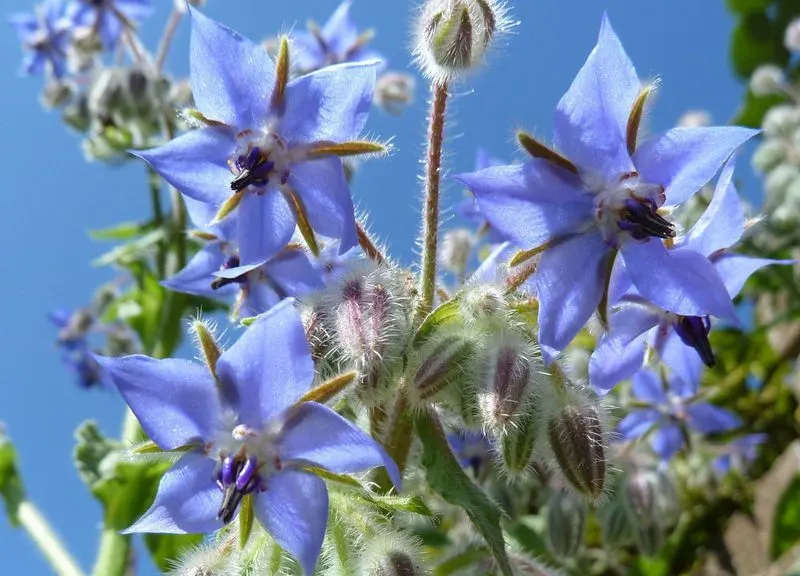
Borage, with its star-shaped blue flowers, brings a touch of whimsy to gardens. This herb is not only attractive but also a prolific self-seeder, often popping up in unexpected places.
The flowers and young leaves are edible, adding a cucumber-like flavor to dishes. Borage thrives in sunny spots and well-drained soil. Its blooms attract bees and other pollinators, enhancing your garden’s biodiversity.
Did you know? Borage has been used since ancient times to inspire courage and was traditionally brewed into teas for soldiers before battle.
Cleome
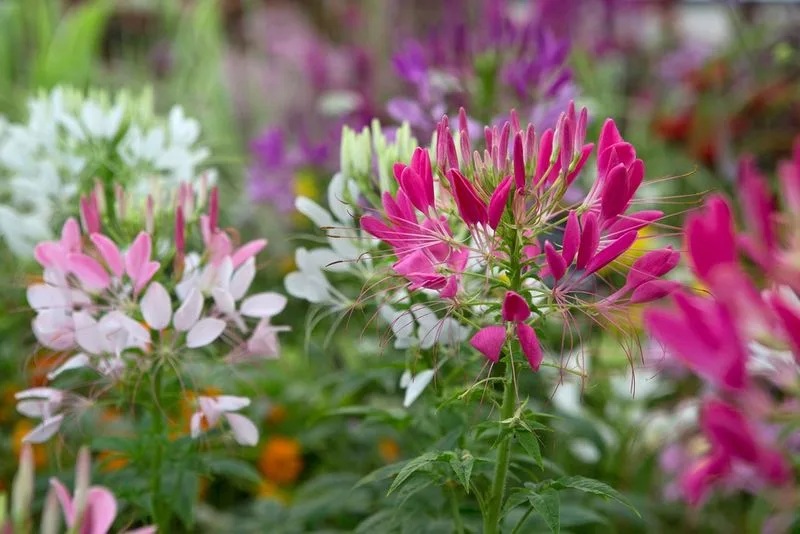
Cleome, also known as spider flower, boasts unique, spider-like blooms that add an exotic flair to gardens. These striking flowers are prolific self-seeders, ensuring their presence for years to come.
Cleome prefers full sun and well-drained soil, growing tall and graceful. Its distinct appearance makes it a conversation starter in any garden. Allow the seed pods to dry and scatter for a continuous display.
Fun fact: Cleome’s flowers produce a sticky sap that deters pests, making it a natural choice for organic gardening.
Sweet Alyssum

Sweet alyssum, with its dense clusters of tiny white flowers, creates a cascading effect that softens garden edges. This charming annual is known for its sweet fragrance and prolific self-seeding nature.
To ensure sweet alyssum returns year after year, allow the flowers to go to seed. They thrive in sunny locations and are adaptable to various soil types. Perfect for borders, rock gardens, and planters, sweet alyssum adds elegance to any setting.
Did you know? Sweet alyssum’s scent is most pronounced in the evening, adding a delightful aroma to twilight garden strolls.
Marigold

Marigolds are garden favorites, known for their vibrant hues and resilience. These cheerful blooms are also prolific self-seeders, brightening gardens with their annual return.
To promote self-seeding, allow the flower heads to dry and release seeds naturally. Marigolds thrive in sunny spots and tolerate various soil conditions. Beyond their beauty, they are known for deterring pests, making them a beneficial companion in vegetable gardens.
Fun fact: Marigolds are often used in traditional Day of the Dead celebrations in Mexico, symbolizing the sun and the beauty of life.
Snapdragon
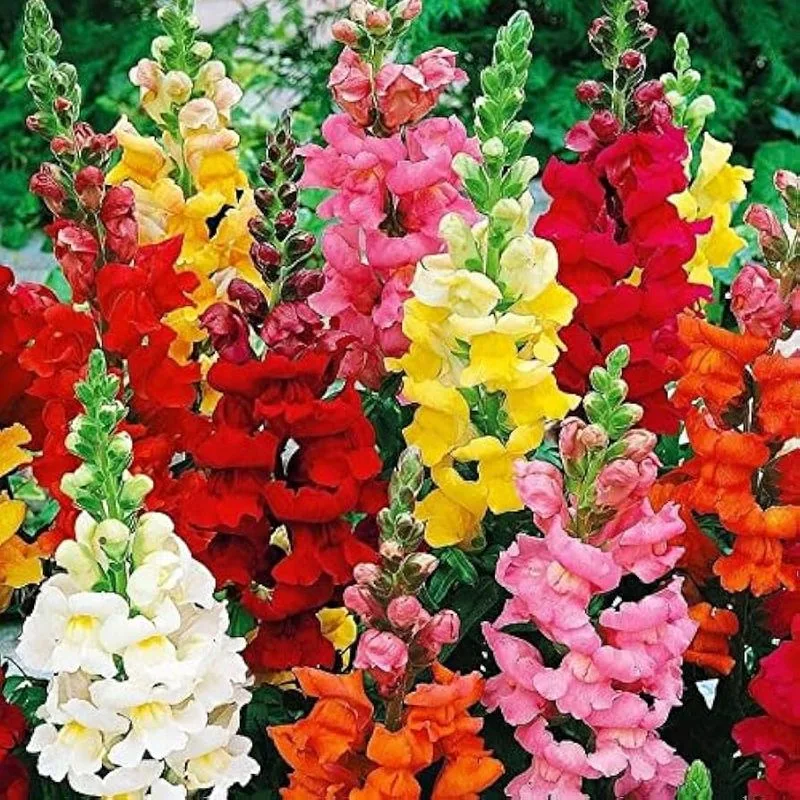
Snapdragons, with their dragon-like blooms, bring a touch of whimsy to gardens. These colorful flowers are vigorous self-seeders, ensuring their delightful presence year after year.
To encourage self-seeding, let the flower spikes mature and scatter seeds naturally. Snapdragons thrive in full sun and well-drained soil, providing a long-lasting display. Their unique shape and vibrant colors make them a favorite among children and adults alike.
Did you know? Snapdragons were named for their resemblance to a dragon’s mouth that opens and closes when the sides are squeezed.
Cornflower
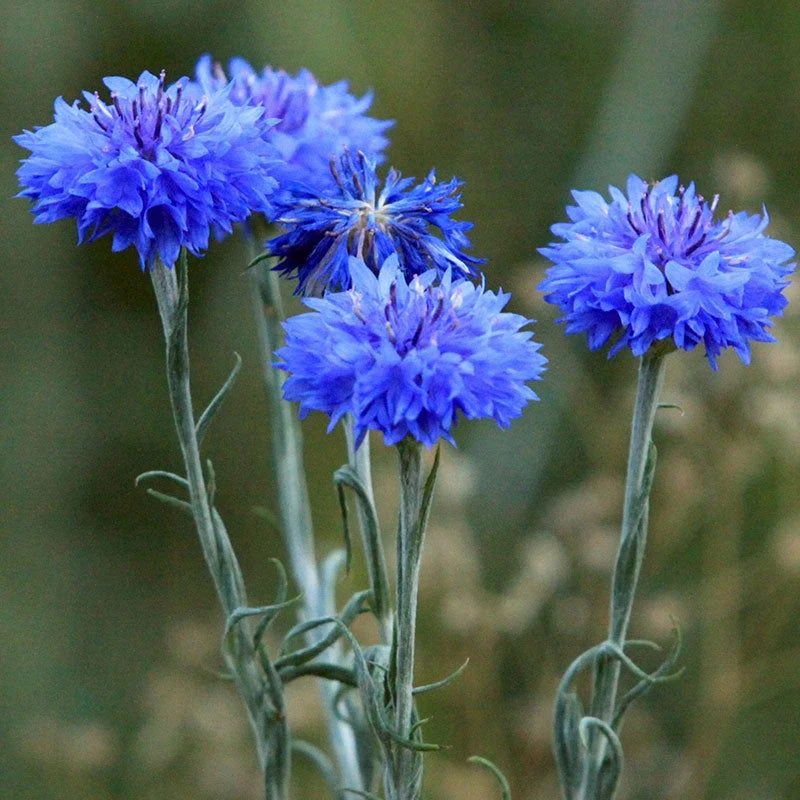
Cornflowers, with their brilliant blue blooms, add a splash of color to any garden. These delightful flowers are not only beautiful but also self-seed effortlessly, ensuring their reappearance each year.
Once the flowers go to seed, let them scatter naturally. Cornflowers thrive in full sun and well-drained soil, making them ideal for wildflower gardens. Their striking color attracts pollinators, enhancing your garden’s ecological value.
Fun fact: Cornflowers were once worn by young men in love as a symbol of devotion and fidelity.
Morning Glory
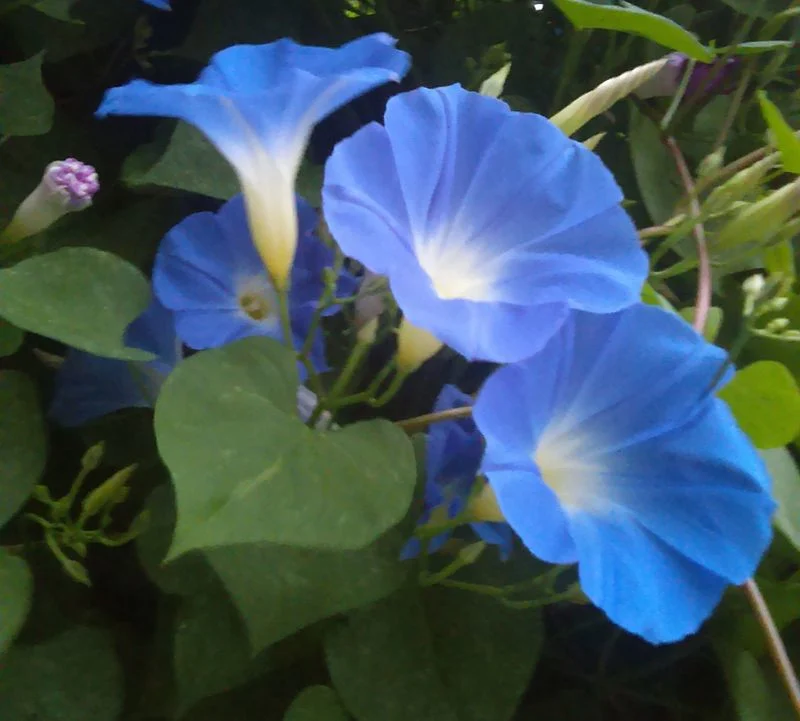
Morning glories, with their stunning trumpet-shaped blooms, are a sight to behold. These climbing flowers are prolific self-seeders, ensuring a vibrant display each morning.
Allow the seed pods to mature and scatter, and you’ll enjoy new growth year after year. Morning glories thrive in sunny locations, often draping fences and trellises with their lush foliage and colorful blooms.
Did you know? Morning glories open in the morning sun and close by afternoon, following the daily cycle of light and dark.
Zinnia
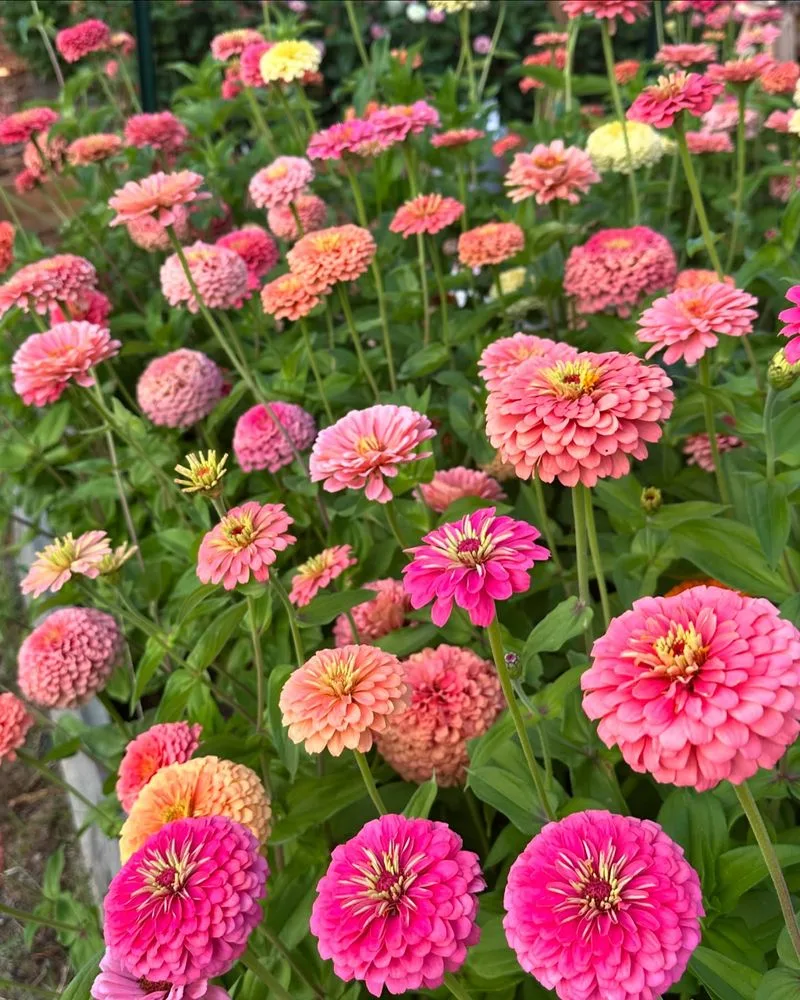
Zinnias are garden stars, adored for their bright, cheerful blooms and resilience. These flowers are also prolific self-seeders, ensuring a continuous display of color each season.
To encourage self-seeding, let the flowers fully mature and drop seeds naturally. Zinnias thrive in sunny locations and well-drained soil, making them perfect for garden borders and cutting gardens.
Fun fact: Zinnias were one of the first flowers grown in space, chosen for their ability to withstand challenging conditions and their vibrant beauty.
Petunia
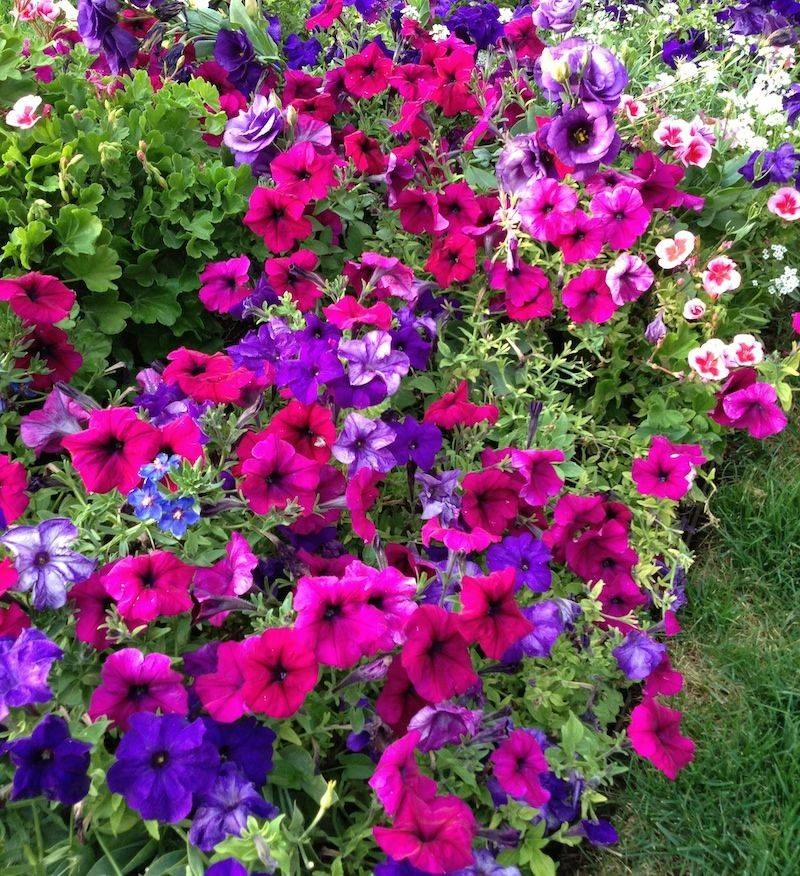
Petunias, beloved for their abundant blooms, add a splash of color to any garden setting. These flowers are known for their ability to self-seed, gracing gardens with their vibrant presence year after year.
To promote self-seeding, allow the flowers to go to seed and scatter naturally. Petunias thrive in sunny spots and well-drained soil, flourishing in garden beds and containers alike.
Did you know? Petunias are related to tomatoes and potatoes, sharing the same plant family of Solanaceae.
Four O’Clock
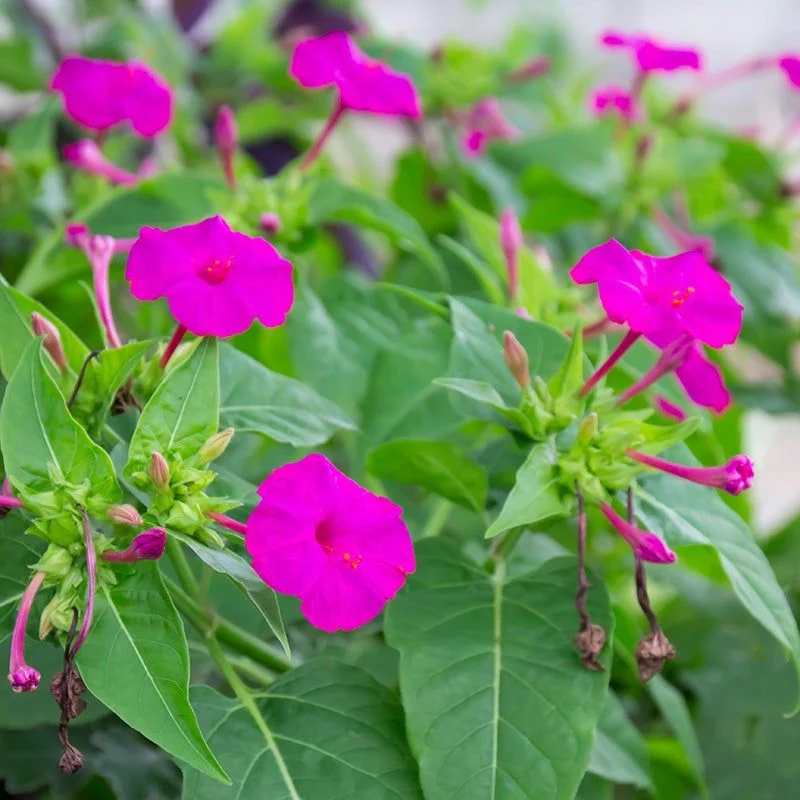
Four O’Clock flowers, named for their late afternoon bloom time, enchant gardeners with their vibrant colors and sweet fragrance. These flowers are prolific self-seeders, ensuring a perennial-like presence in gardens.
Allow the seed pods to mature and scatter, and you’ll enjoy their beauty year after year. They thrive in sunny locations and well-drained soil. Plus, their evening fragrance attracts night-time pollinators.
Fun fact: Four O’Clocks have been used in traditional medicine for their anti-inflammatory properties.
Verbena
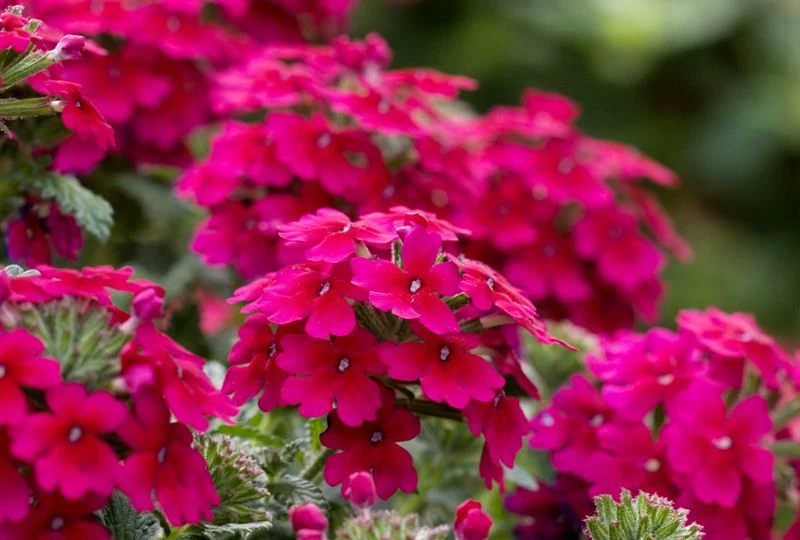
Verbena, with its vibrant clusters of tiny blooms, adds a burst of color to gardens. These flowers are known for their ability to self-seed, ensuring they return each season.
To promote self-seeding, let the flowers go to seed and scatter naturally. Verbena thrives in sunny locations and well-drained soil, making it perfect for garden borders and planters.
Did you know? Verbena has historically been associated with love and protection, often used in romantic spells and ceremonies.
Love-in-a-Puff
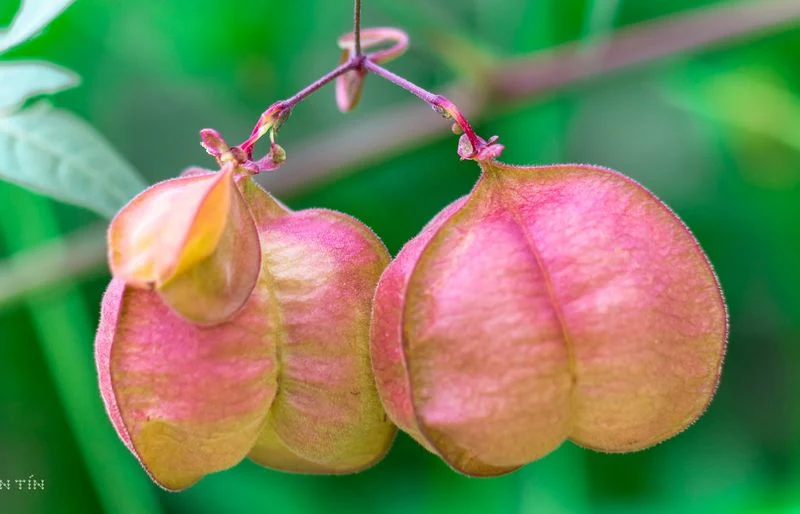
Love-in-a-Puff, scientifically known as Cardiospermum halicacabum, captures the spirit of whimsy with its enchanting green pods resembling tiny balloons. As these pods dry, they reveal black seeds marked with perfect white hearts.
This captivating annual vines gracefully over fences and trellises, adding a touch of romance to any garden. Hailing from tropical regions, Love-in-a-Puff thrives in warm, sunny spots, delighting gardeners with its natural tendency to self-seed.
A fun fact: the seeds have traditionally been used in jewelry-making due to their unique heart-shaped markings. Embrace its playful charm in your garden!
Scotch Thistle
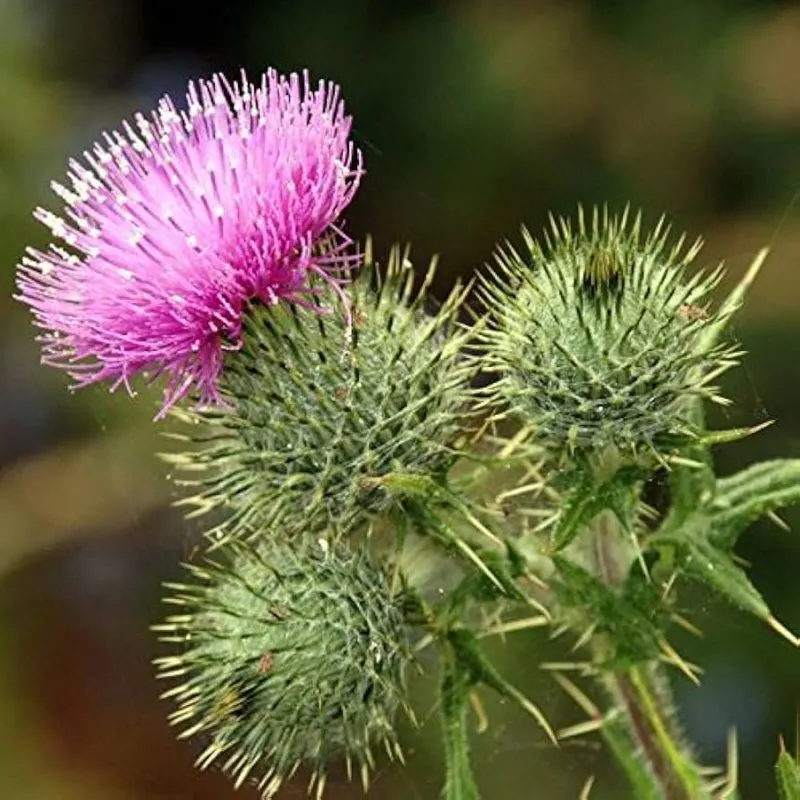
Scotch Thistle, or Onopordum acanthium, stands tall with its commanding presence and striking purple blooms. Often found in the Scottish countryside, this robust annual can reach impressive heights, making it a true statement piece in any garden.
Despite its prickly demeanor, the Scotch Thistle is beloved for its ability to self-seed, effortlessly filling any space with its rugged beauty.
Interestingly, it’s the national flower of Scotland, symbolizing resilience and pride. Its deep roots in Scottish history make it not just a plant, but a piece of cultural heritage blooming in your backyard.
Toadflax
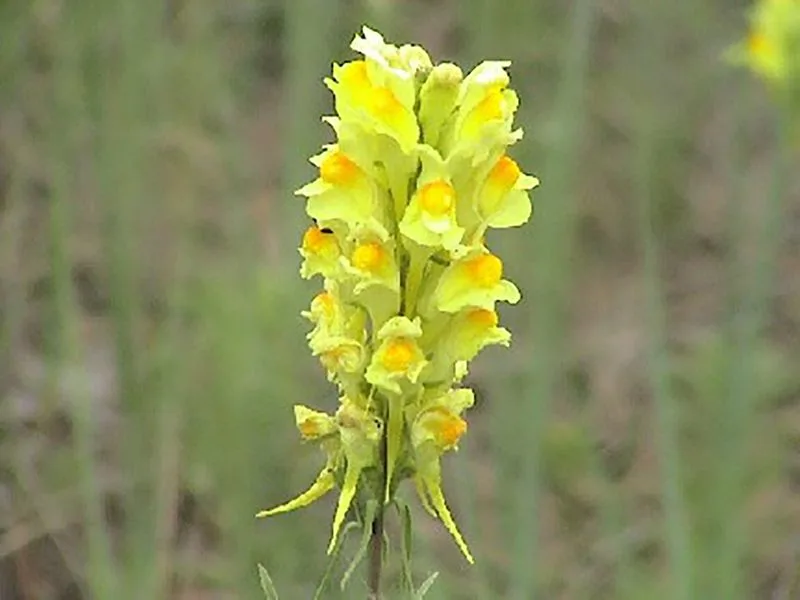
Toadflax, known for its delicate, snapdragon-like flowers, brings a whimsical splash of color to gardens with shades of yellow, pink, and purple. This cheerful annual thrives in sunny meadows and open fields, eagerly self-seeding to create carpets of vibrant blooms.
The flowers attract a variety of pollinators, making it a delightful addition for nature enthusiasts. Despite its delicate appearance, Toadflax is hardy and adaptable, effortlessly enhancing any garden landscape.
Historically, it’s been used in traditional herbal remedies, adding an extra layer of intrigue to its beautiful facade.

